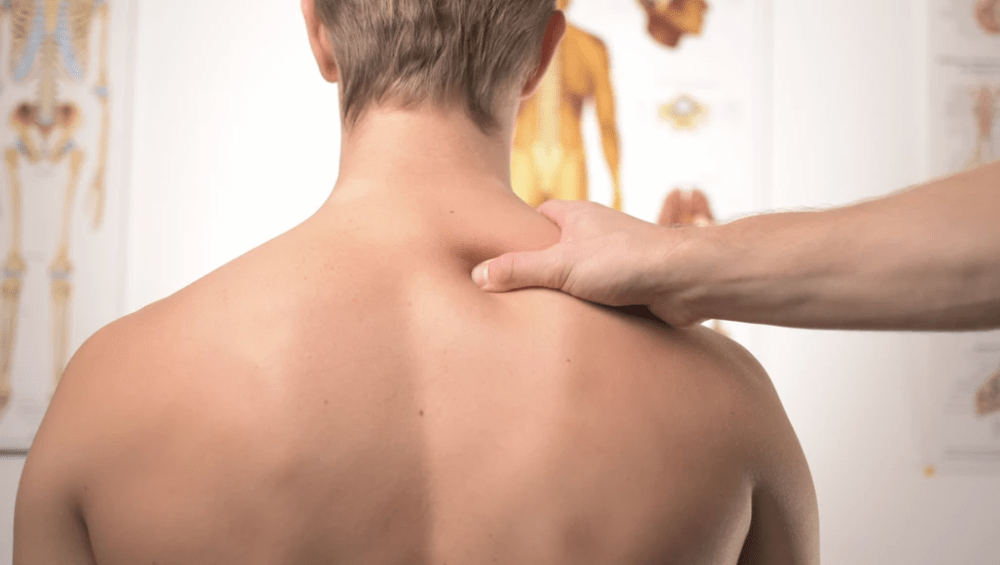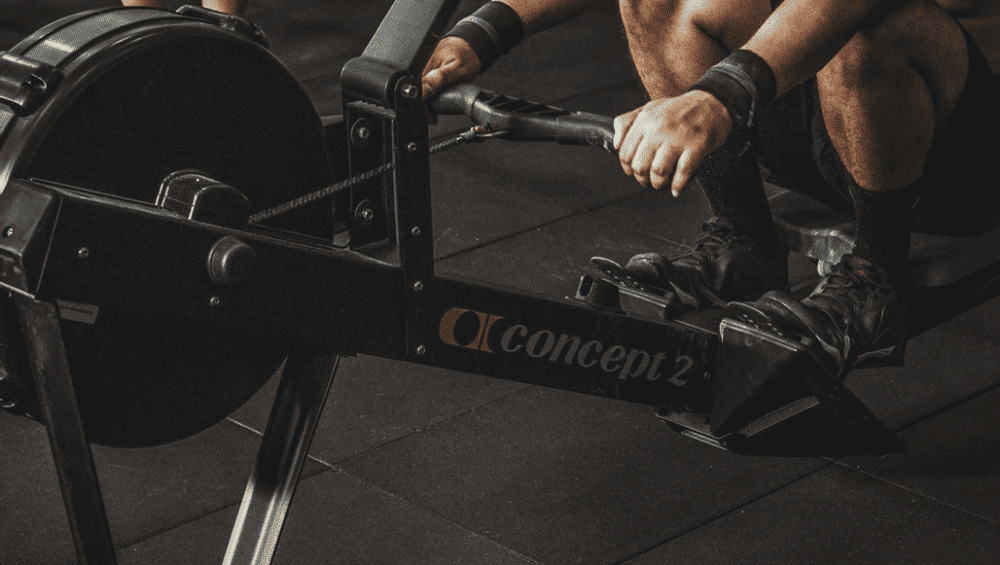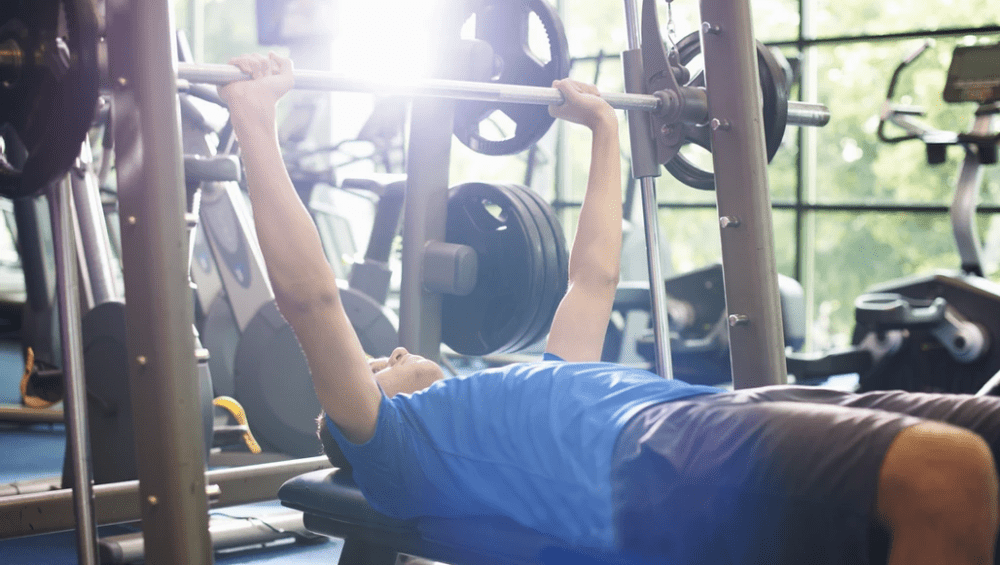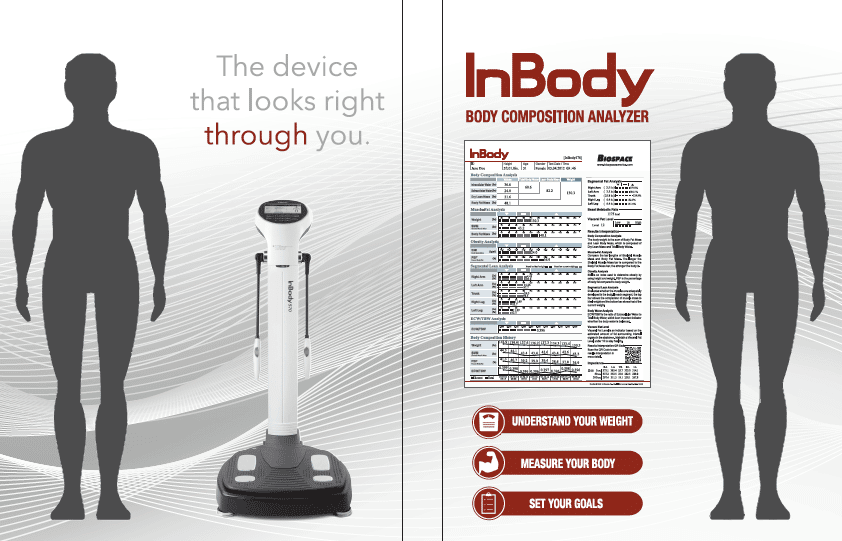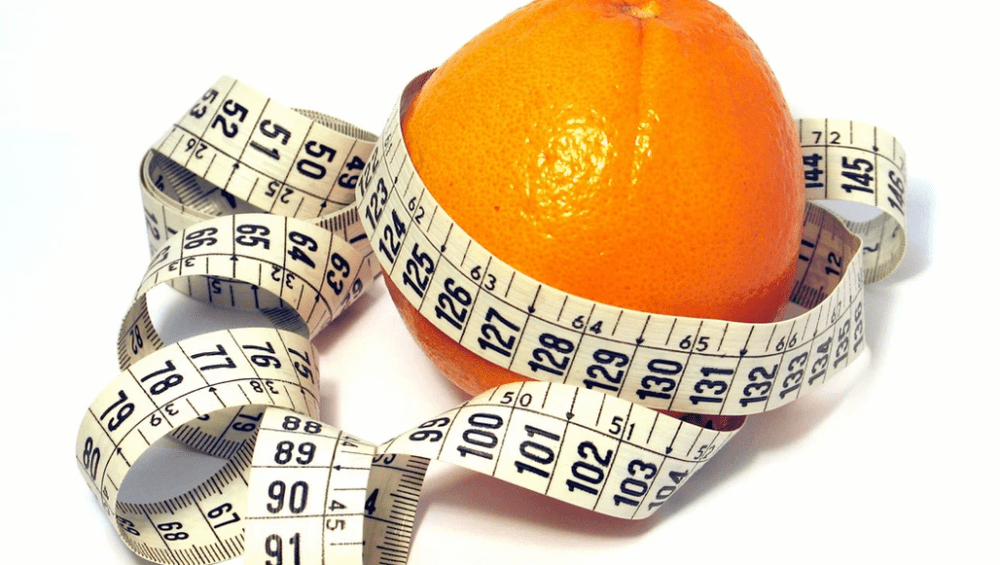Why “No Pain, No Gain” is No Longer The Standard
Why ‘No Pain, No Gain’ is No Longer the Standard
As you near closer to the end of a tough workout, you might try telling yourself “no pain, no gain” to help motivate you to make it through. Many pride themselves on muscle soreness after a workout. Pain means muscle is building, right? The short answer is – not always.
Pain can come in different forms and tell you different things about your body. It can help you to know when to keep pushing, when to stop, or even when to seek outside help, but how do you know what your pain is telling you?
What is Pain?
‘Pain’ can be good or bad. There is ‘good pain’, like getting a great deep tissue massage. There is ‘bad pain’ that you might feel if you wake up with that ‘crick’ in your neck. There is also an ‘in-between pain’ that lets you know your body is working towards its upper limits.
Pain is often discussed by healthcare professionals in terms of: context, frequency, intensity, location, and quality of pain. Frequency and location of pain are pretty straightforward, but a few key features of the others will help you to get started with the mind/body connection
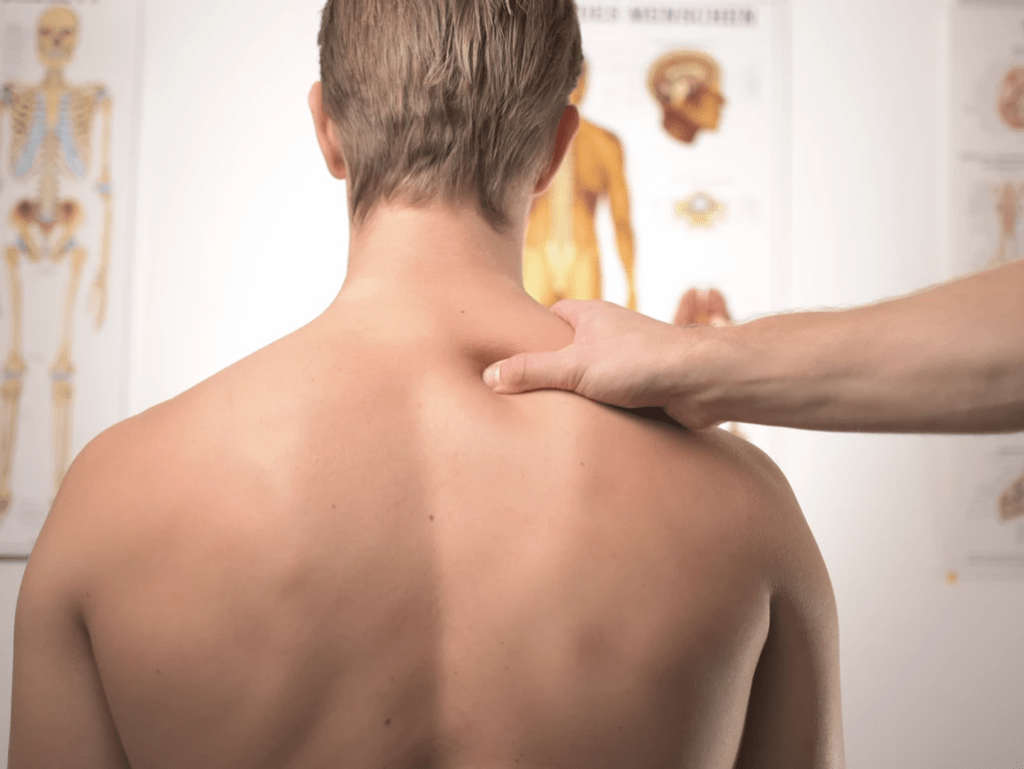
that you need in order to better understand pain.
Context
Context is one of the most important aspects – you want to understand when and how your pain comes on. Is it painful all the time, or maybe only when you do a certain movement? The pattern of your pain is important. If you can understand the pattern, you can often make changes to prevent that pain from coming on.
Intensity
Try to get an idea for how intense the pain is. You will want to learn how to scale your pain so that you have an idea of how it feels if a 3/10 pain hikes up to a 6-7/10. If you get a decent idea of how to measure pain, it often makes understanding it that much easier.
Quality
How do you describe the pain? Words like achey, dull, sharp, shooting, soreness, stabbing or radiating help to give you an idea of the quality of your pain, and identifying these symptoms helps you to distinguish one type of pain from another.
What are the types of pains you could experience?
Pain can be grouped into three categories:
Early warning pain is most recognizable if you have just touched a pan and your hand jerks away before you even realize how hot that pan is (aka the withdrawal reflex). This is a protective mechanism that helps you and your body avoid danger and can be very important for survival.
Inflammatory pain happens after an injury or surgery while the body is healing and recovering. Inflammation prevents you from doing movements that the body might consider too fast or too hard and could cause re-injury. This type of pain is important during the weeks of healing, but you want to avoid it continuing after your injury has healed.
Pathological pain can happen after your body has healed but the nervous system has been damaged. This is often the case with people who get injured and end up saying, ‘it was never the same after that’. If the rehab does not properly heal the nervous system, your protective pain measures may create a ‘false alarm’ and become counterproductive to your goals.
This article will mostly discuss the second type of pain from muscle soreness, as it is the most commonly experienced type among athletes. You may be thinking ‘I’ve never been injured, so this doesn’t apply to me’, however, if you have ever worked out really hard, then you are familiar with inflammatory pain. It is more commonly known as ‘DOMS’ or Delayed Onset Muscle Soreness, and it is something to pay close attention to if it happens to you.
What Happens After a Hard Workout?
DOMS, or Delayed Onset Muscle Soreness, is one way your body lets you know you have pushed yourself during a workout. Muscles get ‘microtears’ in the muscle fibers that are perfectly normal when working out and help to build muscle when we exercise. But sometimes, a combination of these muscle tears, fatigue, and other mechanisms causes soreness, indicating that the body needs adequate time to heal and recover before your next workout (this varies depending on the intensity of your workout, but 1-2 days rest is typical).
‘Pushing through the pain’ while you are in a DOMS state can lead to injury. This can occur because your joints and muscles may be less able to absorb impact or tend to use other muscles to compensate for the fatigued muscle. Additionally, muscle soreness changes your perceived intensity, meaning that you could push your muscles too far and they may actually tear, which would really set you back.
DOMS can be tricky since it onsets after a workout has finished, and you typically do not feel really sore for another day or two after. So, what do you do if it happens to you? These are your best strategies to decrease those DOMS ASAP:
Ice
Ice is known to help numb pain, acting as more of a temporary fix to help keep the pain from DOM down, much like taking a Tylenol or Ibuprofen which have anti-inflammatory properties. However, ice is also able to reduce stiffness if applied regularly after strenuous exercise.
Massage
Massage can help to push away some of the inflammation and work to break up the muscle tension and soreness that may build up with DOMS. Promoting circulation to the area is thought to improve the healing process.
Light Exercise
A bit counter-intuitive, but your best bet is actually light exercise! This is largely the most agreed-upon option to help assist with moving through DOMS faster. You want to be sure to keep it light, meaning yoga or a gentle walk or bike ride for 20-30 minutes should be enough to help.
DOMS will happen if you increase the intensity of your work out or try a new exercise. Once you move through the healing process, you will typically be able to go right back training at your previous intensity. However, if you are repetitively working out too hard (and not allowing yourself to rest) or doing too much of the same activity, that can result in an overuse injury.
What Happens After Working Out Too Much?
Muscle soreness is one thing. Overuse injury is another. An overuse injury happens after repeating the same activity too often, too hard, or too long. Typical overuse injuries are known more commonly as runner’s or jumper’s knee(s), golfer’s or tennis elbow, Achilles tendinitis, and others. If your body does not get the required rest time for recovery, it can lead to too much-repeated stress and can cause muscle strains or even stress fractures over time.
One study found that over 60% of running injuries, which are often overuse injuries, could be attributed to training errors. Over time, training errors can lead to muscle imbalances, weakness, inflexibility, or instability. Form is all too important, especially if you are repeating that action many times over, multiple times a week.
To stave off an overuse injury, try varying your workouts throughout the week, aka cross-training. If you are a runner, you could strength train 2-3 times/week. The opposite is true if you are a lifter, you could try aerobic activity 2-3 times/week to disrupt the repetitive stresses you are applying to your muscles and joints. Yoga, Pilates, spin, and group classes are good ways to mix up your routine while keeping your body fit!
So you know what the common injuries are when ‘pushing through pain’, but what are some of the factors that play into those injuries?
Common Mistakes That Result in Muscle Damage

Here are some common mistakes that can result in injury while you workout:
Adding too much
Over time, you want to use intervals to progress a workout. For runners, that might mean running 1-2 miles, walking 1 mile, and repeat. For lifting, you may add a couple of pounds with each lifting session or you may try changing up the pace to lifting less weight over a longer period of time. The key is not to jump up what you are doing too much or too quickly.
Inflexible rest periods
This has been discussed often in weightlifting but applies to everyone – if your body needs to rest, let it! Do not feel tied to one number because it will vary based on how intensely you are working. 20-60 seconds (oftentimes up to 2-5 minutes with higher-intensity) of rest will benefit your body more than trying to push through.
Ignoring pains
If you are feeling continued pain that does not feel like your typical muscle burn, then do not ignore it. It may benefit you to understand the context, frequency, intensity, location, and quality of your pain, as this will help you come up with a game plan on ways to decrease or avoid it. However, if your pain continues, a physical therapist or physician can help to diagnose and treat your injury before it progresses.
So what should you feel during a hard workout?
A true muscle burn will feel like just that – you will feel an increase in heat, and you will feel your muscles start to get ‘heavy’. Once you cannot complete a movement without any changes to your form (or ‘compensation’), then you know your muscles are fatigued, and they will need some rest before performing that activity again.
Putting it All Together
Pain is complex, multi-faceted, and can mean different things to different people. It is important to listen and distinguish what your body and pain might be telling you. If you are having pain, stop for a moment and try to discern what type of pain you are feeling.
Don’t consider a lighter workout as a defeat, be flexible! You can still perform high-intensity workouts and progress them without injury, so long as you are mindful of what your body is saying to you. Remember to warm up and cool-down before post-exercise.
For a regular or intense workout, try using intervals to progress your routine, rather than large jumps in weight or time. Know that progress will be slow (your body has to heal – it is a process!), but do not think that sacrificing your rest will increase your gains – it could do just the opposite.
**
Casey Jordan Mazzotti is a Doctor of Physical Therapy with the majority of her clinical experience in the outpatient orthopedics setting, rehabilitating patients across a spectrum of musculoskeletal disorders. Additionally, she works as a freelance writer, educating people about fitness and health, by breaking down well-researched and evidence-based articles to make them accessible, easy-to-understand, and explaining how to implement these concepts into everyday life.

